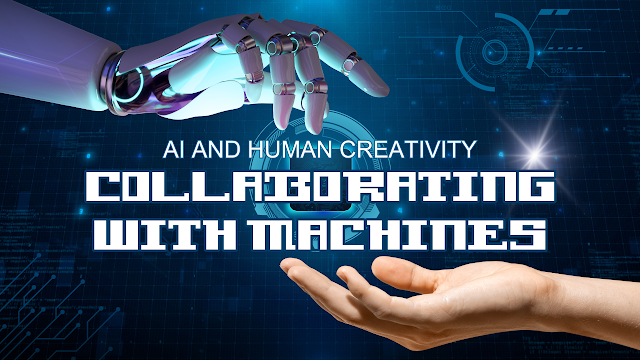In the ever-evolving landscape of industrial processes, automation has emerged as a transformative force, revolutionizing the way industries operate. The integration of automatic systems in industrial settings has not only increased efficiency but has also brought about significant advancements in terms of safety, precision, and overall productivity. This blog post delves into the fascinating realm of industrial automation, exploring its evolution, key components, benefits, and the future it promises.
The Evolution of Industrial Automation:
The journey of industrial automation dates back to the early days of the Industrial Revolution when mechanization first made its mark. However, it wasn't until the mid-20th century that true industrial automation began to take shape. The introduction of programmable logic controllers (PLCs) in the 1960s marked a significant milestone, allowing for the control of manufacturing processes with greater flexibility and efficiency.
Over the years, automation systems have become increasingly sophisticated, incorporating technologies such as sensors, actuators, and advanced control algorithms. Today, industries leverage cutting-edge solutions like the Industrial Internet of Things (IIoT) and artificial intelligence to create smart, interconnected systems that can adapt to dynamic environments.
Key Components of Industrial Automation:
Sensors and Actuators:
Sensors play a pivotal role in industrial automation by gathering real-time data on various parameters such as temperature, pressure, and humidity. Actuators, on the other hand, respond to the information received from sensors by initiating specific actions. This seamless interaction between sensors and actuators forms the foundation of automated processes.Programmable Logic Controllers (PLCs): PLCs serve as the brains of industrial automation systems. These specialized computers are programmed to execute specific tasks and control various industrial processes. They facilitate the seamless integration of different components, ensuring smooth and precise operation.
Human-Machine Interface (HMI):
HMI allows operators to interact with the automation system. Through intuitive graphical interfaces, operators can monitor processes, receive real-time data, and make informed decisions. The user-friendly nature of HMIs enhances overall system usability.
Communication Networks:
The interconnected nature of modern industrial automation relies on robust communication networks. Ethernet, wireless, and other communication protocols enable devices to share data efficiently, creating a cohesive and responsive system.
Benefits of Industrial Automation:
Increased Efficiency:
Automation significantly improves production efficiency by minimizing manual intervention and streamlining processes. This results in higher output, reduced lead times, and increased overall operational efficiency.
Enhanced Precision and Quality:
Automated systems excel at performing repetitive tasks with unparalleled precision. This not only ensures consistent product quality but also reduces the likelihood of errors, contributing to higher levels of customer satisfaction.
Cost Savings:
While the initial investment in automation systems may be substantial, the long-term cost savings are substantial. Reduced labor costs, lower error rates, and optimized resource utilization contribute to a positive return on investment over time.Improved Safety:
Automation mitigates the need for human involvement in hazardous environments, thus enhancing overall workplace safety. Robots and automated systems can handle tasks that pose risks to human health, minimizing the occurrence of accidents.
The Future of Industrial Automation:
As we look ahead, the future of industrial automation appears even more promising. Here are some trends shaping the future landscape:
Artificial Intelligence (AI) Integration:
The integration of AI in industrial automation is set to revolutionize decision-making processes. AI algorithms can analyze vast amounts of data in real-time, enabling systems to adapt and optimize performance based on changing conditions.
Collaborative Robotics (Cobots):
Collaborative robots are designed to work alongside humans, facilitating a harmonious interaction between man and machine. These cobots enhance flexibility, especially in industries where tasks require both human dexterity and machine precision.
Predictive Maintenance:
Industrial automation systems are increasingly incorporating predictive maintenance capabilities. By leveraging data analytics and machine learning, these systems can predict equipment failures before they occur, reducing downtime and maintenance costs.
Cloud-Based Automation:
Cloud computing is making its mark on industrial automation by providing a scalable and flexible infrastructure. This allows businesses to access and analyze data remotely, fostering greater collaboration and efficiency.
Conclusion:
Industrial automation has come a long way from its early roots, evolving into a transformative force that shapes the future of industries. The integration of automatic systems has not only improved efficiency and productivity but has also ushered in a new era of safety and precision. As technology continues to advance, the future promises even more exciting developments in the realm of industrial automation, with AI, collaborative robotics, and cloud-based solutions at the forefront of innovation. The journey towards a fully automated industrial landscape is an exciting one, with each advancement bringing us closer to a future where industries operate seamlessly, intelligently, and sustainably.

